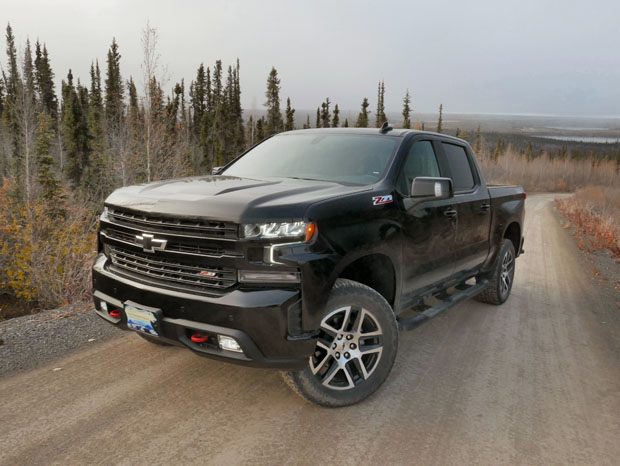
The 2019 Chevrolet Silverado finds itself in a unique position on the cutthroat full-size pickup market. Whereas rivals such as the Ford F-150 and Ram 1500 (alongside lesser lights like the Nissan Titan and the Toyota Tundra) are free to court big spenders seeking a six-figure luxury truck by way of their upmarket trim levels, the Silverado sits in the corner like a loyal WWE soldier while a sweaty Vince McMahon screams ‘KNOW YOUR ROLE!’ right in its face.
You see, the existence of the high-buck GMC Sierra Denali in the General Motors portfolio has forced Chevrolet to toil under a corporate-imposed ceiling when outfitting the Silverado, as the Denali is the reigning king of the premium ring for the automaker. Yes, Chevy’s been able to soak up a little of the lux-truck juice by way of its High Country edition, but for 2019, this vehicle is locked out of some of the gee-whiz technology and features gifted to the Sierra, forcing its designers to look elsewhere when creating the value proposition for the model.
I’d argue that this is actually a good thing for the redesigned Silverado. Rather than risk having its reach exceed its grasp, Chevrolet has instead doubled-down on what the past version of the pickup already did very well – and in the process brought to market a vehicle that makes sense for the solidly middle-class customers that the Silverado has always counted as its most eager buyers.
Head North
While the 2019 Chevrolet Silverado may be aimed squarely at its base, the locale where I was invited to test it out was anything but average. Late last year, a brand new highway was opened in Canada’s Northwest Territories, linking the city of Inuvik to the small settlement of Tuktoyaktuk on the edge of the Arctic Ocean. Dubbed Highway 10, this astonishing feat of low-impact engineering swapped a carefully packed gravel-and-composite base for the seasonal ice road that for the long winter season was the only land-based lifeline between Tuk and the rest of the world.
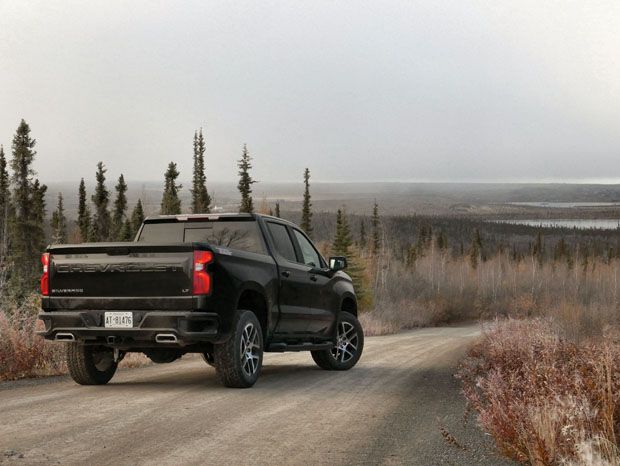
I was handed the keys to a Silverado LT Trail Boss as soon as I landed in Inuvik. Walking outside the security-free airport into the bracing sub-freezing air of the mid-September north, the bright red Trail Boss – which represents Chevy’s factory tough truck intended to serve off-road fans – cut the perfect stance for tackling the rugged travel task ahead. Lifted two inches compared to a standard four-wheel drive Silverado, and featuring 18-inch, big-sidewall Duratrac tires that come with its standard Z71 Off-Road package (locking rear differential, Rancho shock absorbers, and skid plates are also included), the truck looked ready for both the gravel as well as a rip across the (permanently) frozen tundra that lay ahead.
Not that the latter was on the menu, of course. The construction of Highway 10’s full 87 miles (138 kilometers) was done with almost no impact on the immediate environment thanks to the decision to build primarily over the course of the winter when snow and ice provided a protective blanket to the taiga beneath. Indeed, I was continually astonished by how unspoiled the land surrounding the road was, with the natural beauty only enhancing the novelty of rolling over the Arctic landscape as opposed to traveling by bush plane or snow machine.
Beefy Where It Counts
While the Trail Boss trim level might be new, (a word that also describes the lighter and stronger platform it sits on), its drivetrain is not. The Silverado maintains a 5.3-liter V8 as its workhorse engine (355 horsepower, 383 lb-ft of torque) mated to either an eight-speed automatic, as in the LT I drove, or a six-speed (in lower trims). Also available? A familiar 420 horsepower, 6.2-liter V8, now matched with a 10-speed autobox, a 305 horsepower, 4.3-liter V6, and a late-availability 2.7-liter turbocharged four-cylinder that’s good for 310 horses and 348 lb-ft of torque (with a diesel to follow).
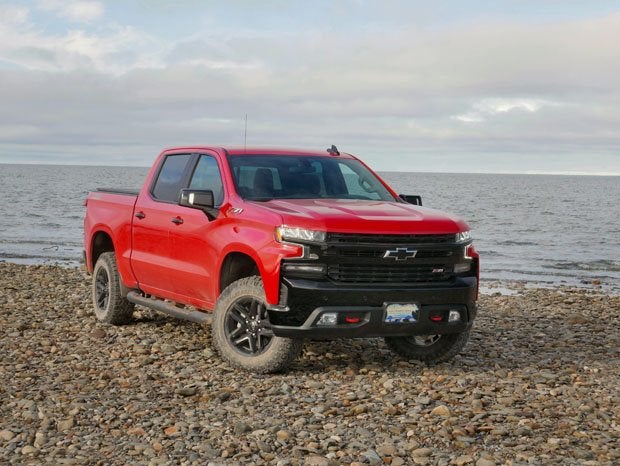
On the alternately hard-packed and quicksand-soft sections that make up the road to Tuk, the 5.3-liter is really all the motor you need. With enough power to kick the rear end out sideways with the traction control system disabled (a must when dealing with this type of loose surface), the entry-level V8 matches the performance of the larger 6.2, which struggles to put its torque down in the absence of asphalt without simply spinning the wheels.
uspension-wise, the Trail Boss devoured the tarmac, its Rancho shocks delivering a startling calm over smoother segments while providing the kind of robust response and rim-saving rebound necessary to deal with the ruts, potholes, and sinks found elsewhere. In comparison to the High Country’s citified suspension tuning and canoe-paddle 22-inch tire width, the Trail Boss offered a certainty of purchase that the pricier model lacked.
ALSO SEE: 2019 GMC Sierra Denali Review
I appreciated the attention paid by Chevrolet’s chassis engineers to the predictability and control offered by the Silverado, especially when set to ‘Off-Road’ driving mode (another new-for-2019 feature, alongside Sport, Normal, and Towing). On a road where making a mistake potentially means fending off deadly wolves and inquisitive ptarmigan until the unlikely savior of a tow finds its way to you in the land of no cell signal, I was happy to take any advantage over the gravel that I could get.
Not Too New
Much has been made about the Silverado’s bolder styling trend, but despite its divisiveness, I can’t understand complaints about the decision to further separate the exterior look of the truck from its Sierra platform-twin. It’s a cohesive exterior design that in some ways avoids the caricature that has worked its way into the big-rig influence found on other full-size trucks (although HD cues like the engine displacement call-out on the faux-induction hood are a little much).
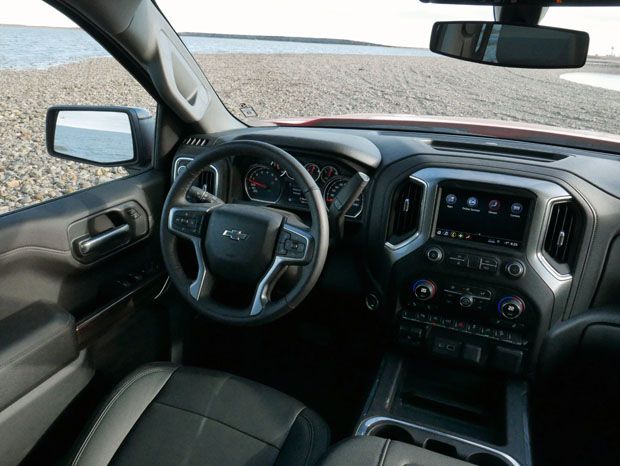
Inside, the Silverado remains decidedly neutral in terms of appearance and materials. The larger rear seat – nearly three inches of extra legroom versus the previous model year – is a welcome addition for four-door buyers (with regular and extended cab also available), and Chevrolet’s streamlined infotainment system offers a simpler user experience paired with a very useful checklist, light-testing, and trailering assist app intended to make it that much easier to tow.
ALSO SEE: 2019 Ram 1500 eTorque Review
The rest of the truck’s feature content remains modest, with heated seats and steering wheel appreciated, and a hearty helping of power points, storage nooks, and easy-to-grip dials all welcome. There’s an available power tailgate option that I like much more than the multi-stage complication offered by the Sierra Denali’s tailgate system, as well as a power plug in the cargo bed to go with its low-down light locations (which can be illuminated with the key fob).
The Verdict: 2019 Chevrolet Silverado
Modest, presentable, simple – whichever word you choose to describe the new Silverado’s interior philosophy and available equipment reflects the fact that this is a very functional pickup that’s intended to be used and abused, rather than live its life as an ornament to excess.
Excellent trailering and cargo capacity, a comfortable interior, and class-competitive power (if not fuel efficiency) reflect the task-focused philosophy that used to be the guiding hand for pickup truck design before it was hijacked by the soaring profits to be squeezed out of conspicuous consumers. Stick below the High Country trim and temper your tech expectations and you won’t be disappointed with what the Chevrolet has to offer.
Photos by Benjamin Hunting
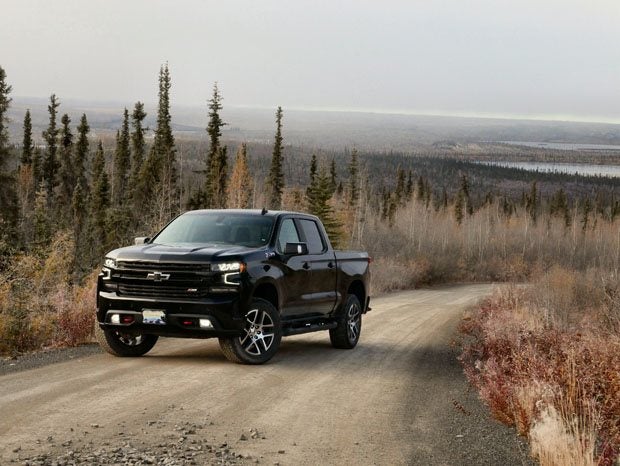
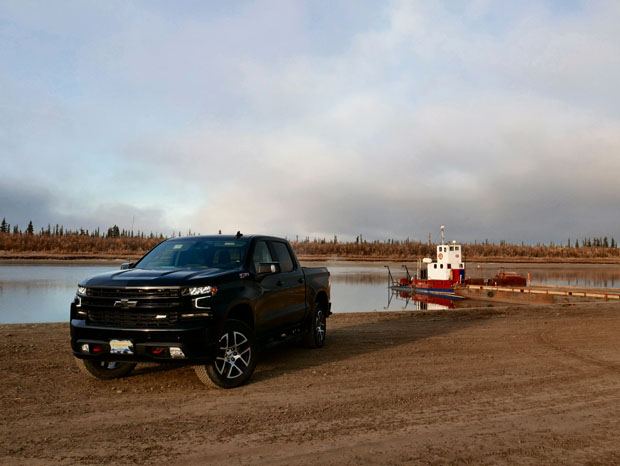
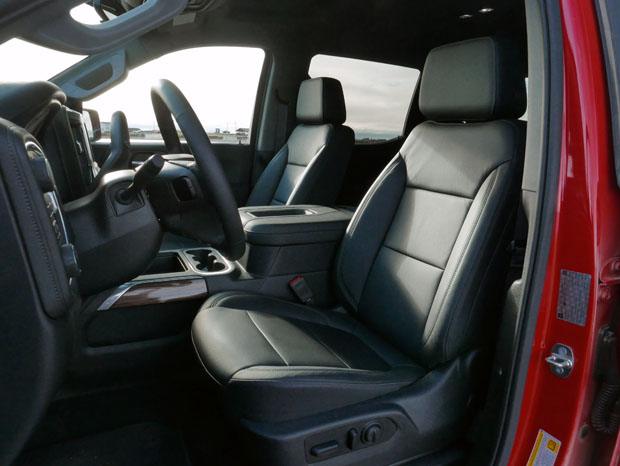
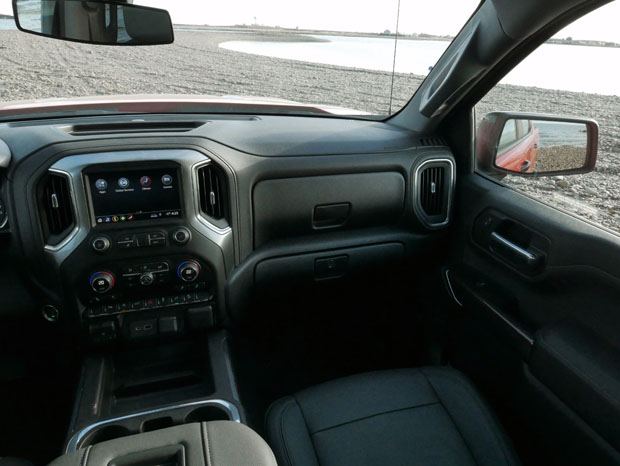
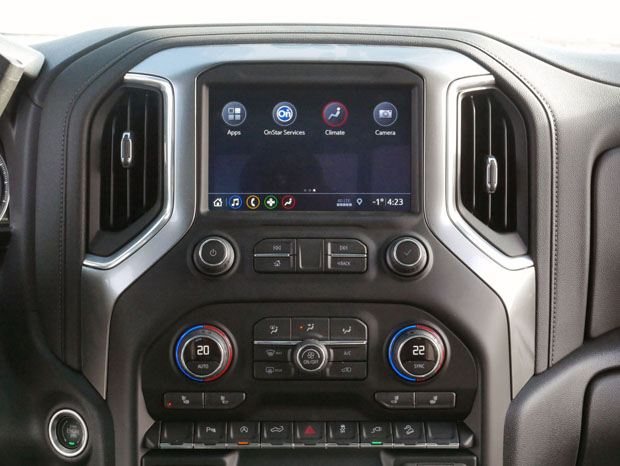
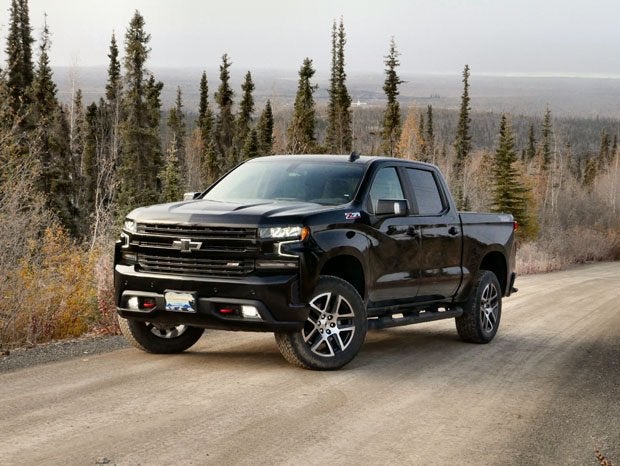
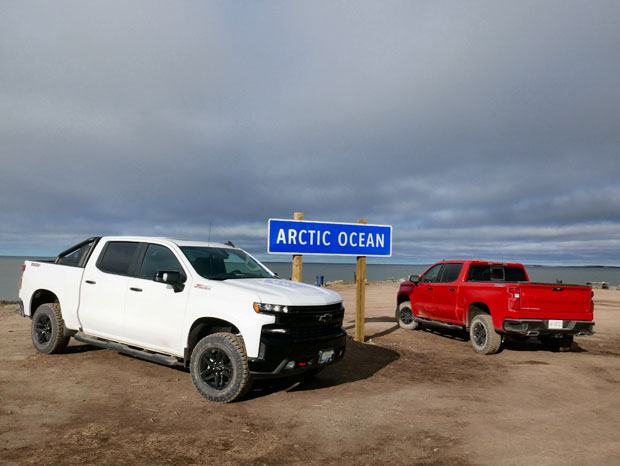
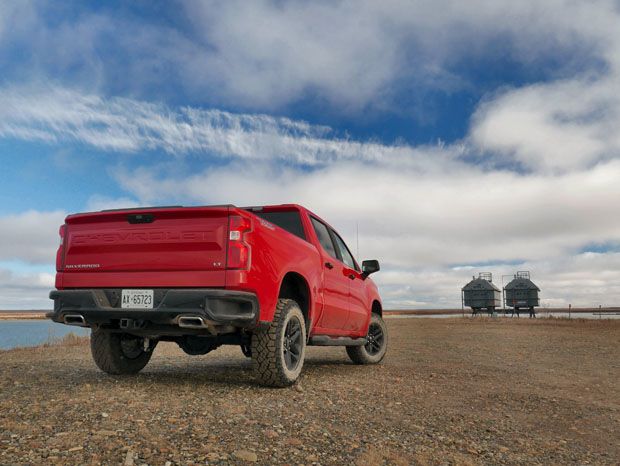
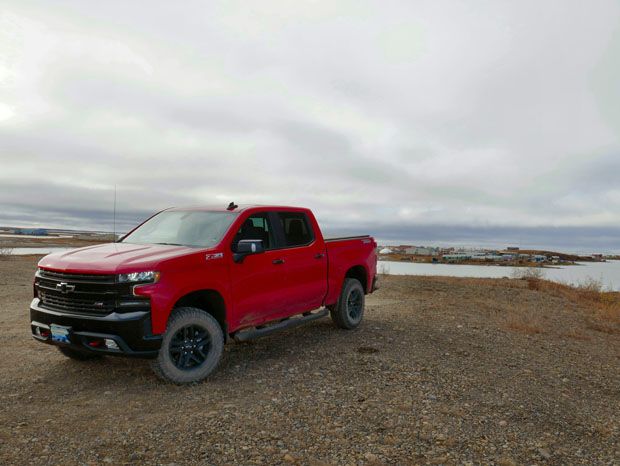

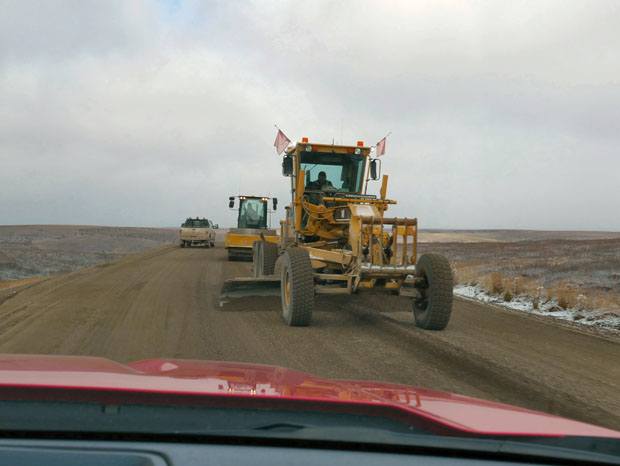
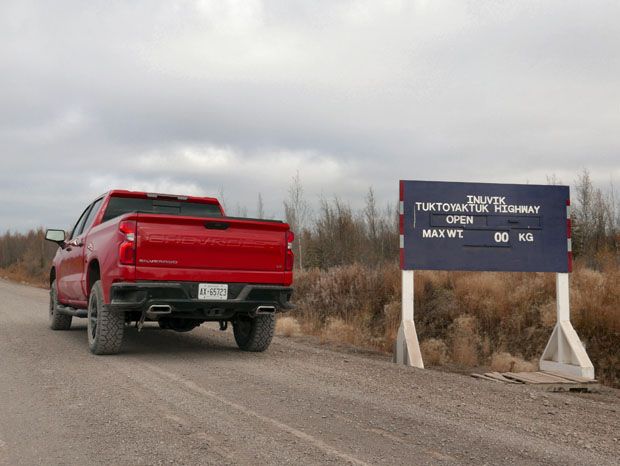
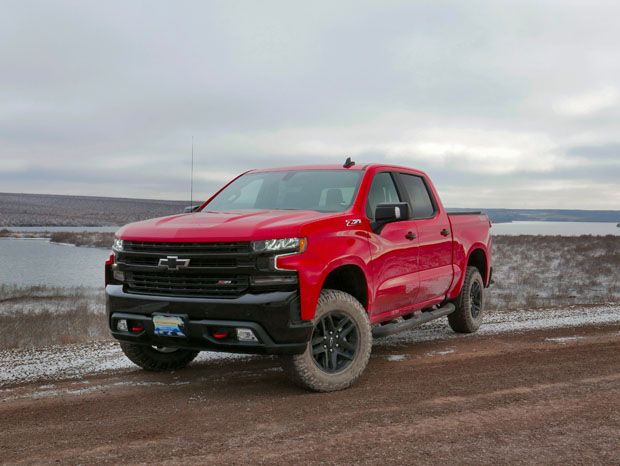
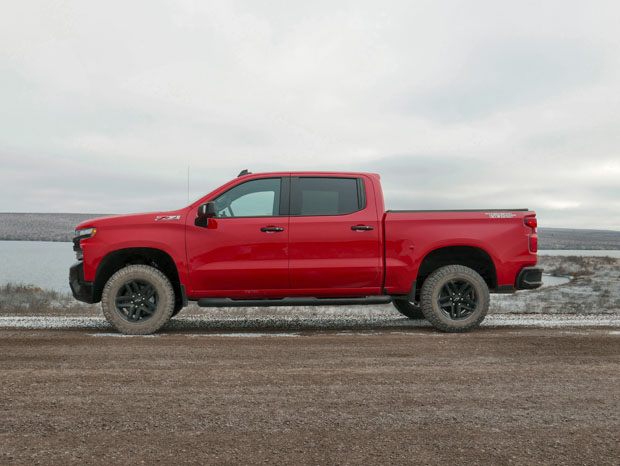
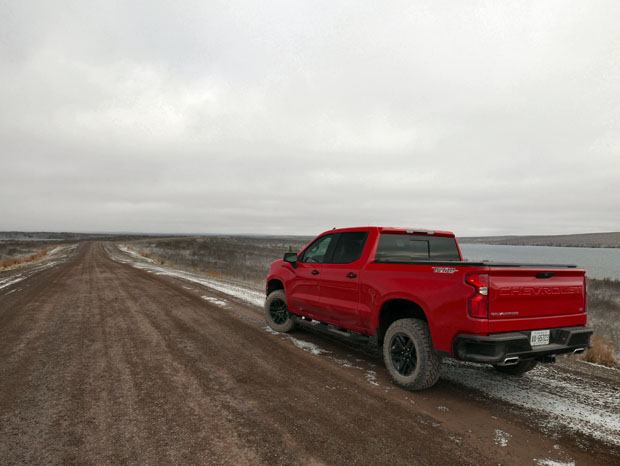
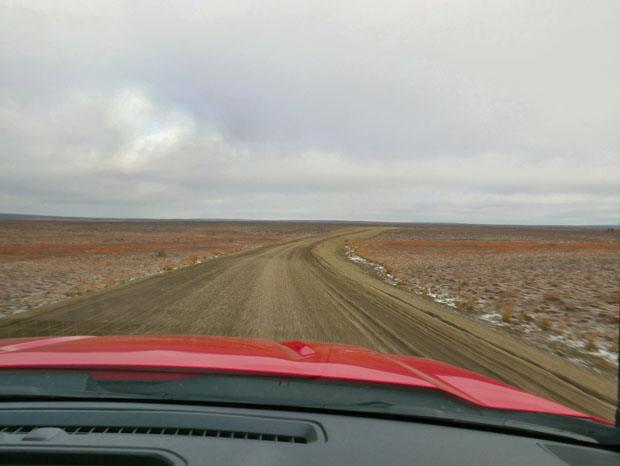
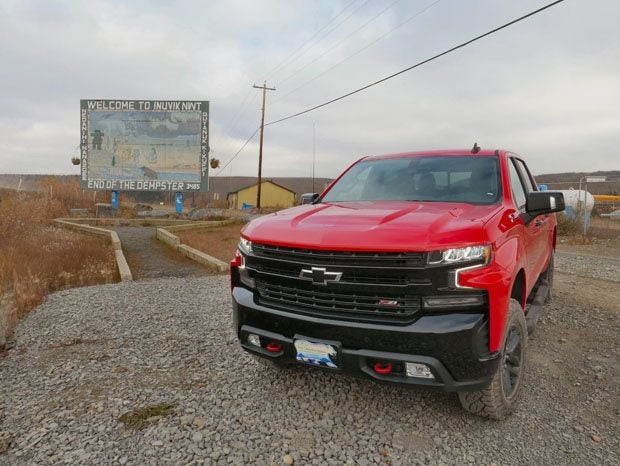
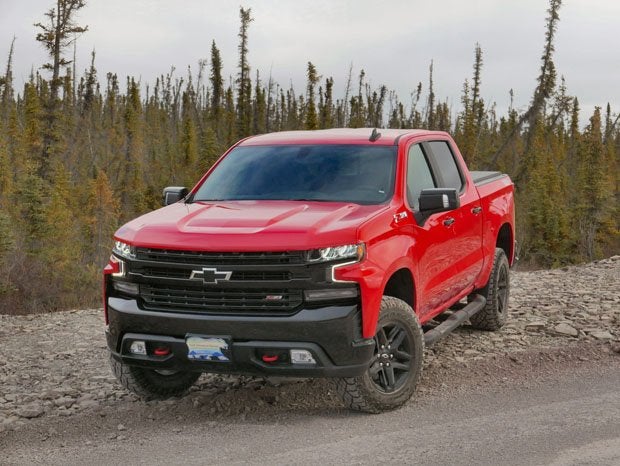
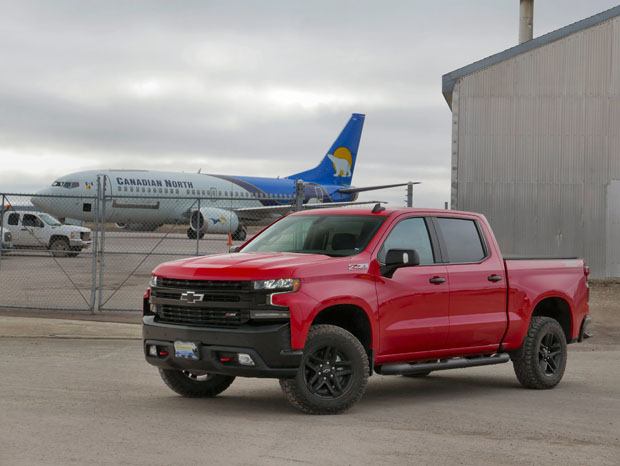
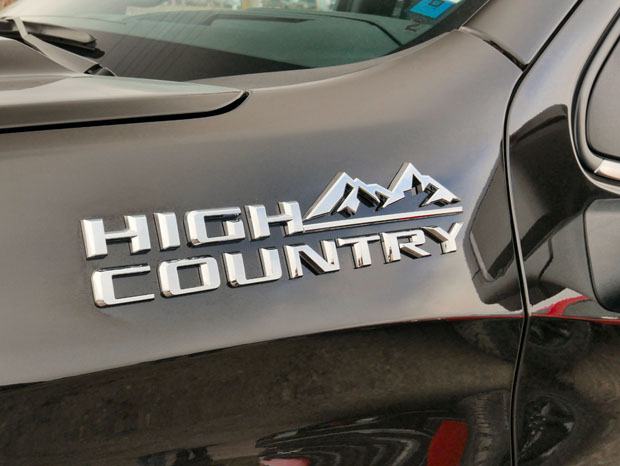
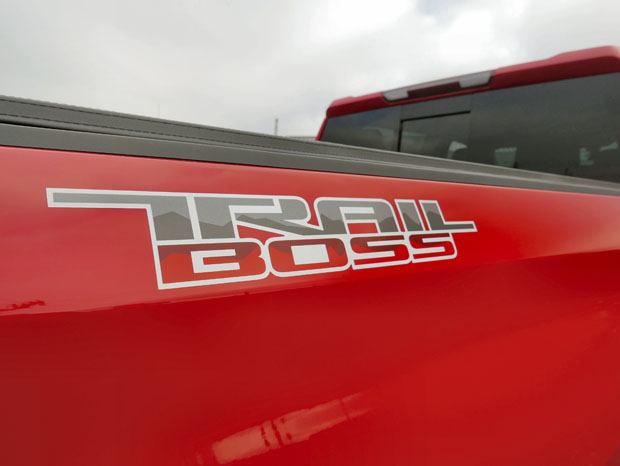
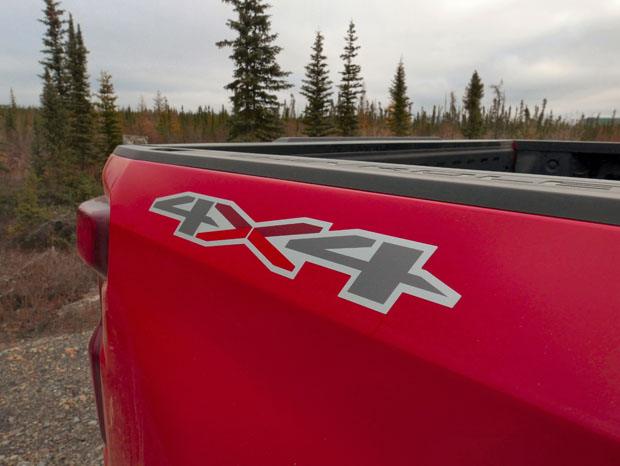
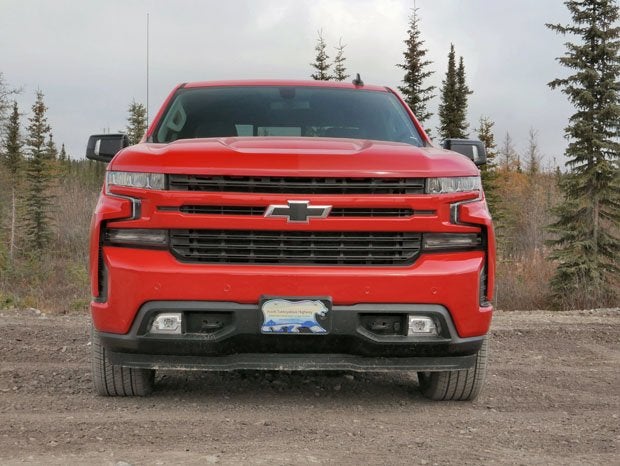
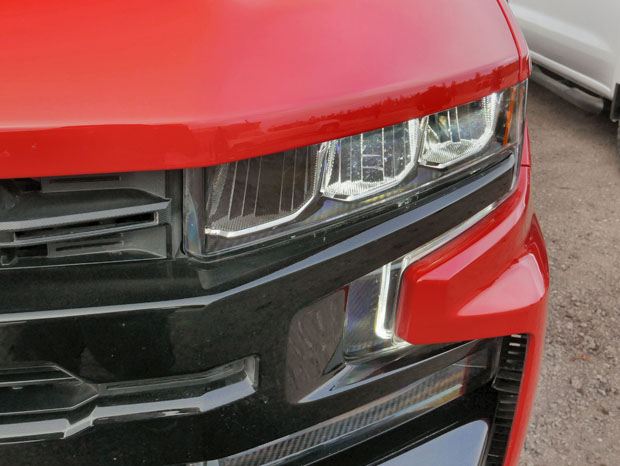

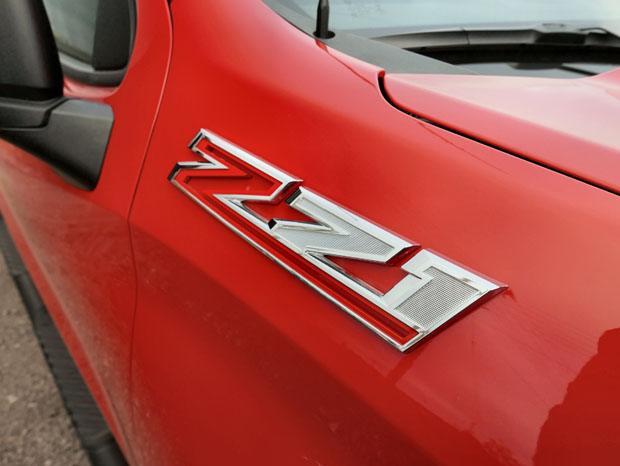
This article originally appeared on AutoGuide.com
 Your Privacy Choices
Your Privacy Choices